Have you ever wondered if tarantulas could face threats from larger predatory insects like mantisflies? The idea might seem far-fetched at first, but understanding the complex relationships within the animal kingdom often leads to surprising discoveries. Let’s take a closer look at the fascinating world of these arachnids and predatory insects to uncover whether tarantulas can indeed be threatened by creatures like mantisflies.
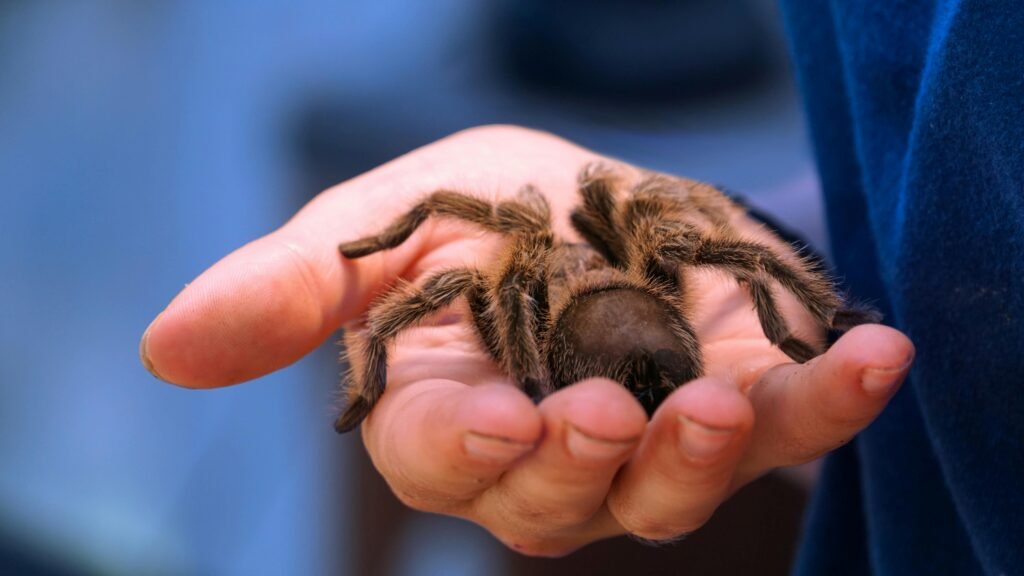
Introduction to Tarantulas and Mantisflies
What Are Tarantulas?
Tarantulas are large and often hairy arachnids belonging to the family Theraphosidae. Found in various parts of the world, especially in warmer climates, these creatures are known for their impressive size and sometimes intimidating appearance. Despite their fearsome looks, tarantulas are generally not dangerous to humans. They play an essential role in their ecosystems, preying on insects and small animals.
What Are Mantisflies?
Mantisflies, or mantidflies, belong to the order Neuroptera, known for their mantis-like appearance. These insects possess raptorial forelegs similar to those of praying mantises, which they use to capture prey. Mantisflies are fascinating due to their predatory nature and complex life cycles, which can include parasitic stages.
Threat Perception Among Tarantulas
Natural Predators of Tarantulas
Tarantulas have a range of natural predators. Among the most notable are:
- Birds
- Reptiles
- Mammals
- Other arachnids
- Large insects
| Predators | Examples |
|---|---|
| Birds | Hawks, Owls |
| Reptiles | Snakes, Lizards |
| Mammals | Shrews, Rodents |
| Arachnids | Other spiders, Scorpions |
| Large Insects | Wasps (e.g., Tarantula hawk wasps) |
Each of these predators employs unique strategies to capture and consume tarantulas, making the survival of these spiders a continual challenge.
Defense Mechanisms of Tarantulas
To fend off these numerous threats, tarantulas are equipped with several defense mechanisms, including:
- Venom: Tarantulas use their venomous bite to subdue prey and deter predators.
- Urticating Hairs: Some species have specialized hairs on their abdomen that they can flick at attackers, causing irritation.
- Camouflage: Tarantulas often use their surroundings to blend in and avoid detection.
- Speed and Burrowing: Quick movements and the ability to hide in burrows help tarantulas evade capture.
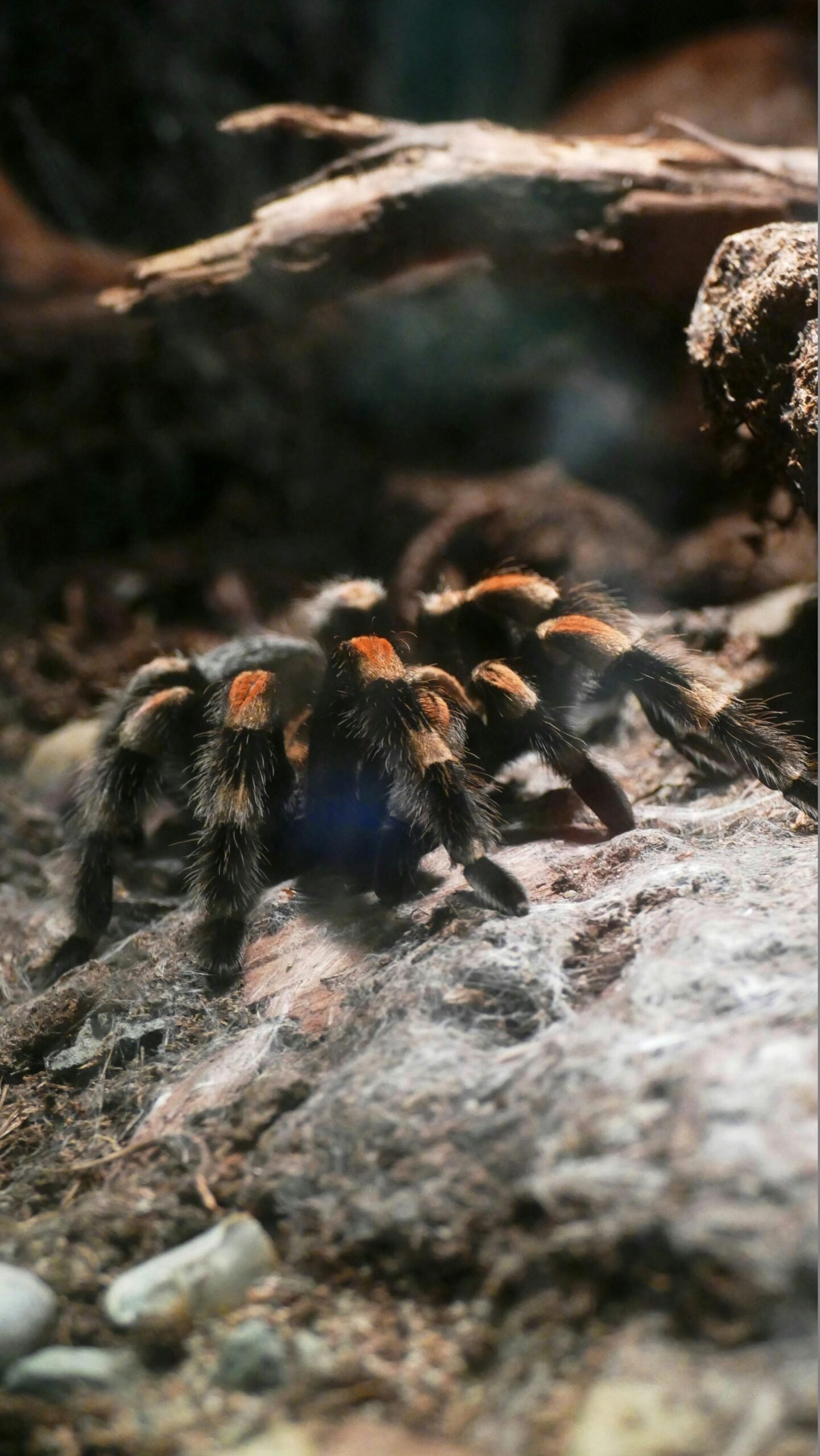
Exploring Mantisflies as Predators
Physical and Behavioral Characteristics
Mantisflies have several attributes that could theoretically make them a threat to tarantulas:
- Raptorial Forelegs: These forelegs are adapted for grasping and holding prey, much like those of a praying mantis.
- Ambush Predators: Mantisflies often lie in wait for unsuspecting prey, making them formidable hunters.
Mantisfly Diet
Mantisflies primarily prey on smaller insects. Their diet includes:
| Prey | Examples |
|---|---|
| Small Insects | Flies, Beetles |
| Spiderlings | Baby spiders |
| Larvae | Various insect larvae |
Given this dietary preference, it appears that tarantulas, especially adult tarantulas, do not fit into the typical diet of mantisflies. However, spiderlings and smaller spiders might be at risk.
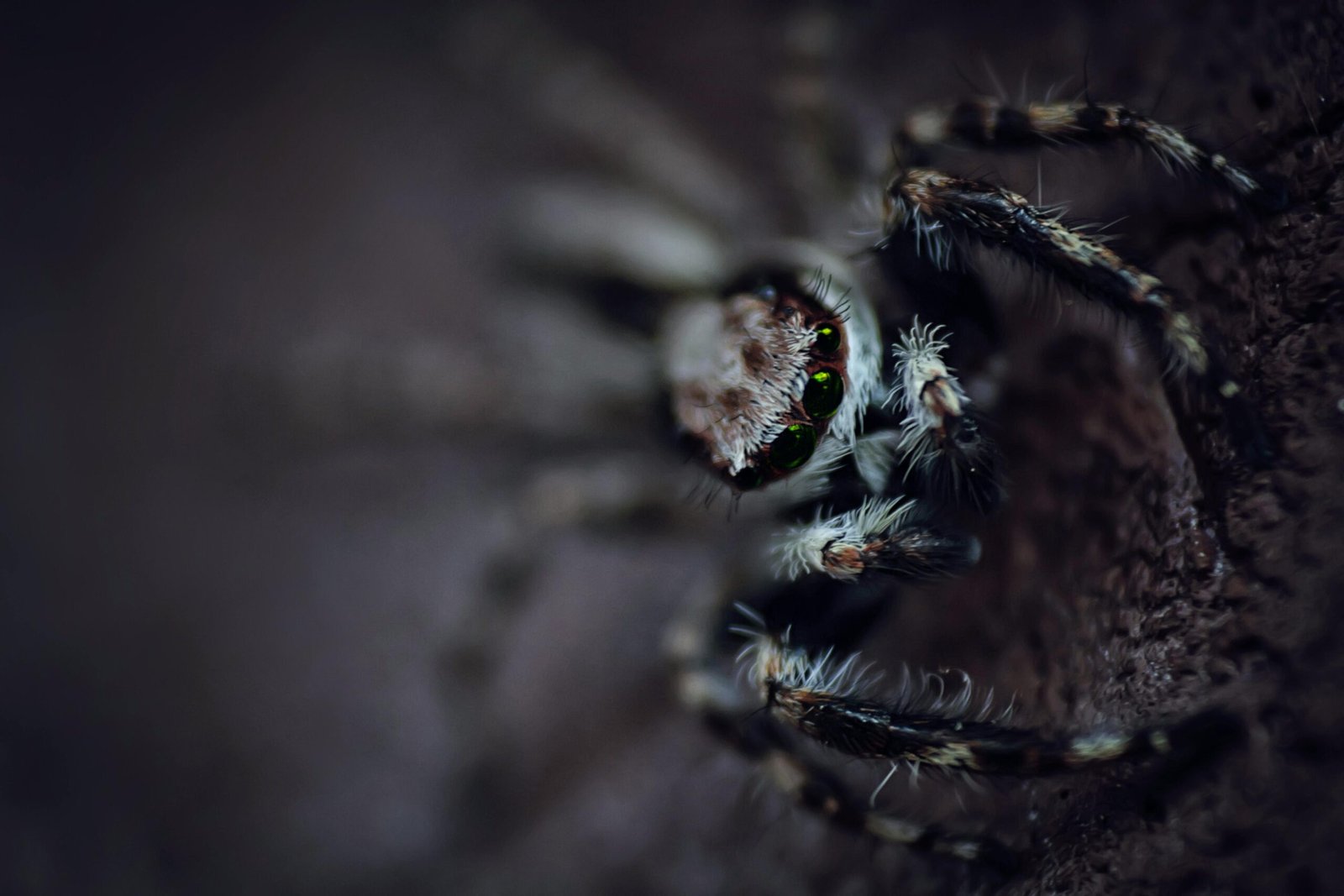
Interaction Between Tarantulas and Mantisflies
Possible Scenarios of Interaction
While it’s rare, there could be scenarios where mantisflies and tarantulas cross paths. These scenarios might include:
- Habitat Overlap: In environments where both species coexist, interactions might happen more frequently.
- Life Stage Vulnerability: Younger or smaller tarantulas might be more susceptible to attacks from mantisflies.
Documented Cases and Hypothetical Situations
Scientific literature and anecdotal reports provide limited information on direct predatory interactions between tarantulas and mantisflies. It suggests that while theoretically possible, such encounters are not common.
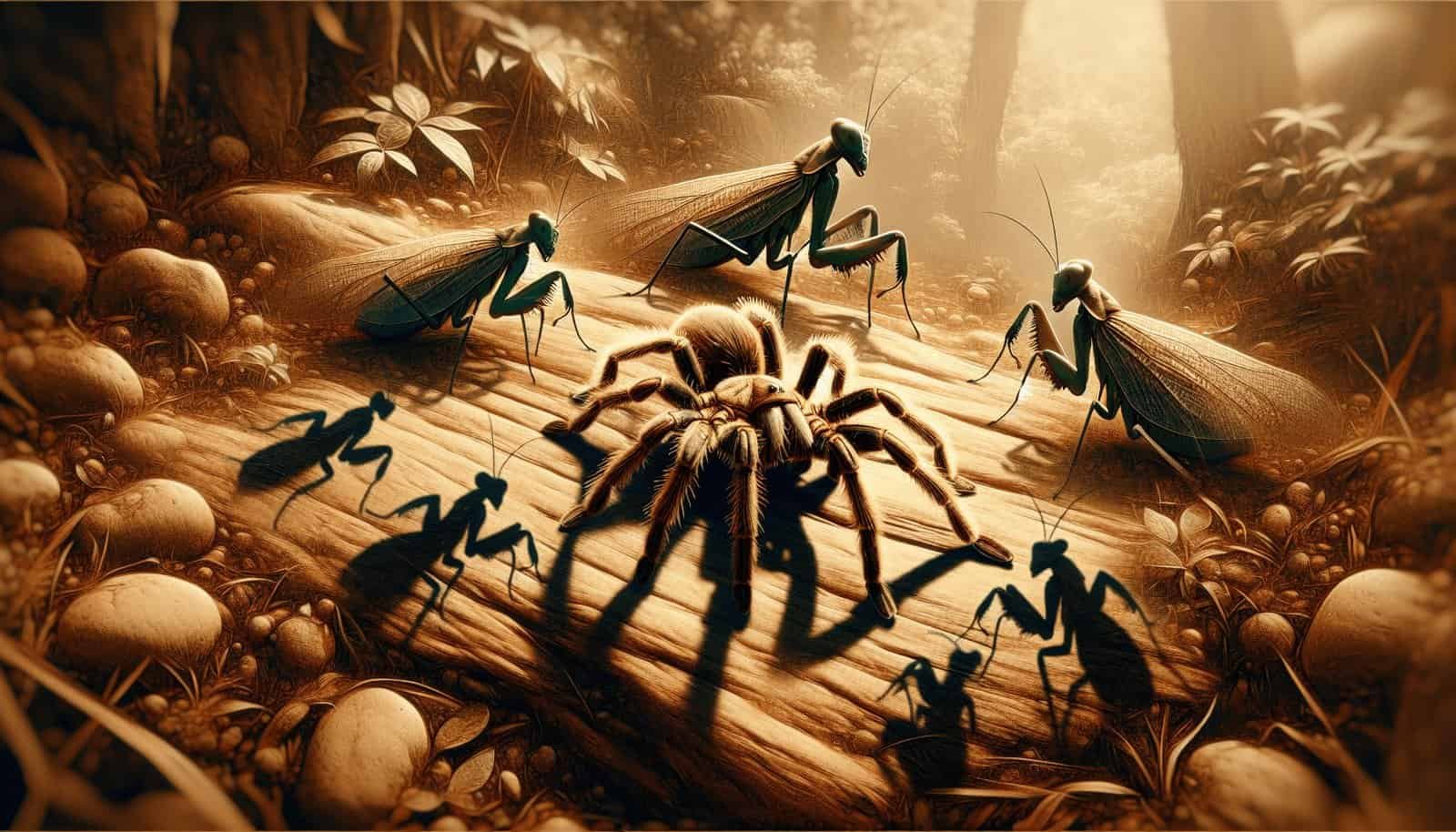
Risk Factors for Tarantulas
Environmental and Ecological Conditions
Several factors influence the likelihood of tarantulas encountering mantisflies:
- Habitat Distribution: Areas with high biodiversity may see more interactions between different species.
- Climatic Conditions: Weather patterns and seasonal changes can affect the activity levels of both tarantulas and mantisflies.
Comparative Risk Assessment
When comparing mantisflies to other predators of tarantulas, the risk appears to be minimal.
| Predator | Risk Level to Tarantulas | Notes |
|---|---|---|
| Birds | High | Frequently prey on larger arachnids |
| Reptiles | Moderate | Opportunistic feeders |
| Mammals | Moderate | Include tarantulas in their diet |
| Other Arachnids | High | Competitive and predatory behaviors |
| Mantisflies | Low | Rarely prey on tarantulas, if at all |
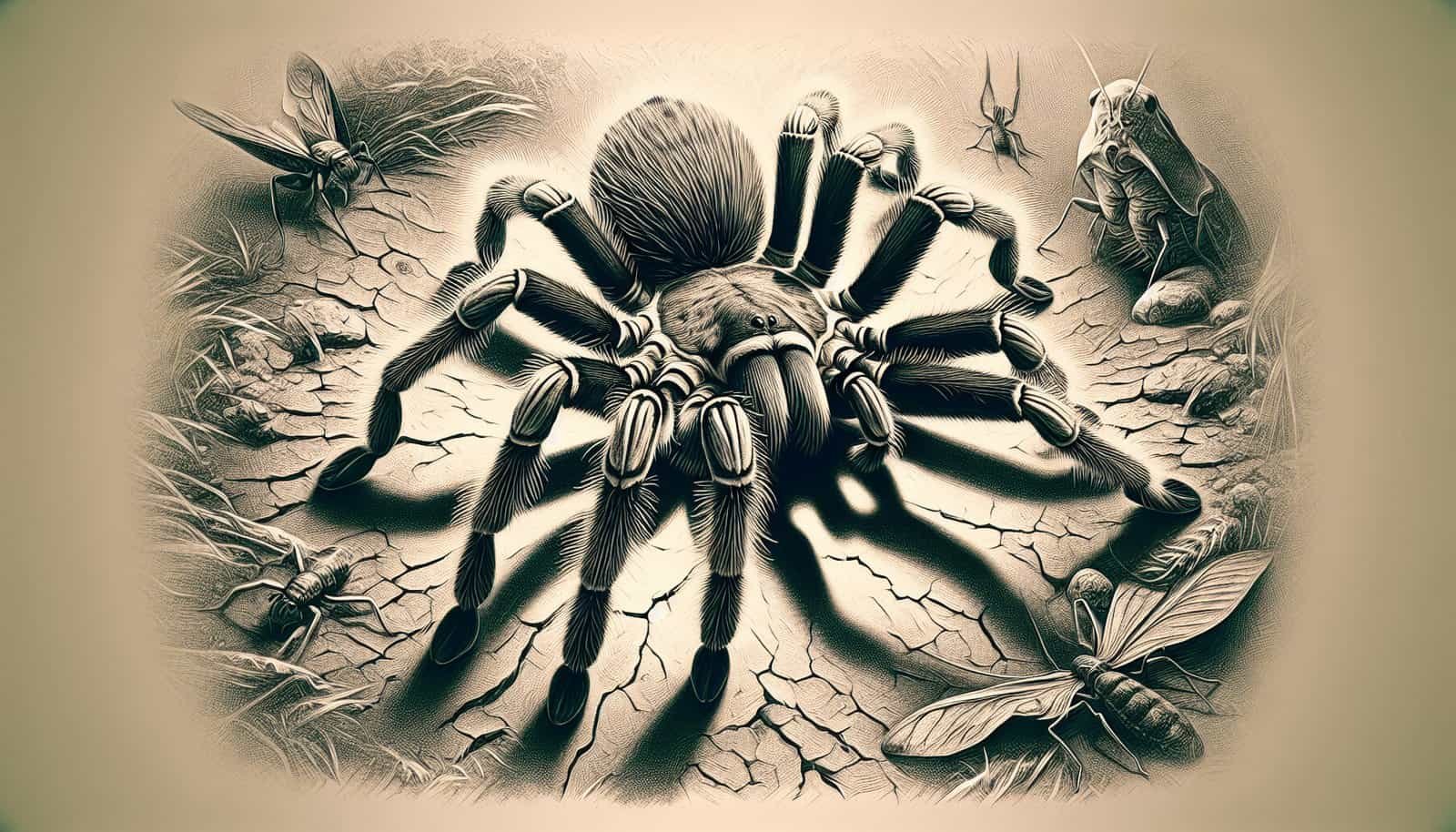
Conclusion
Summarizing the Findings
Based on the evidence, it appears that while mantisflies have the predatory tools and behaviors to potentially threaten smaller spiders, they pose little risk to adult tarantulas. The primary threats to tarantulas remain other arachnids, birds, reptiles, and some mammals.
Future Research Directions
Future research could provide more insight into specific interactions between tarantulas and mantisflies, especially in regions where their habitats overlap. Such studies would help clarify any ecological dynamics at play and further our understanding of these fascinating creatures.
Understanding the complex relationships within the animal kingdom enriches our knowledge of biodiversity and ecology. Tarantulas, with their many predators, continue to thrive thanks to their impressive array of defenses, and for now, mantisflies do not seem to add a significant threat to their survival.
In learning about these intricate interactions, we gain a deeper appreciation for the resilience and adaptability of tarantulas and the fascinating world of predatory insects like mantisflies. Whether you’re a curious observer or an arachnid enthusiast, the natural world never ceases to amaze and educate.